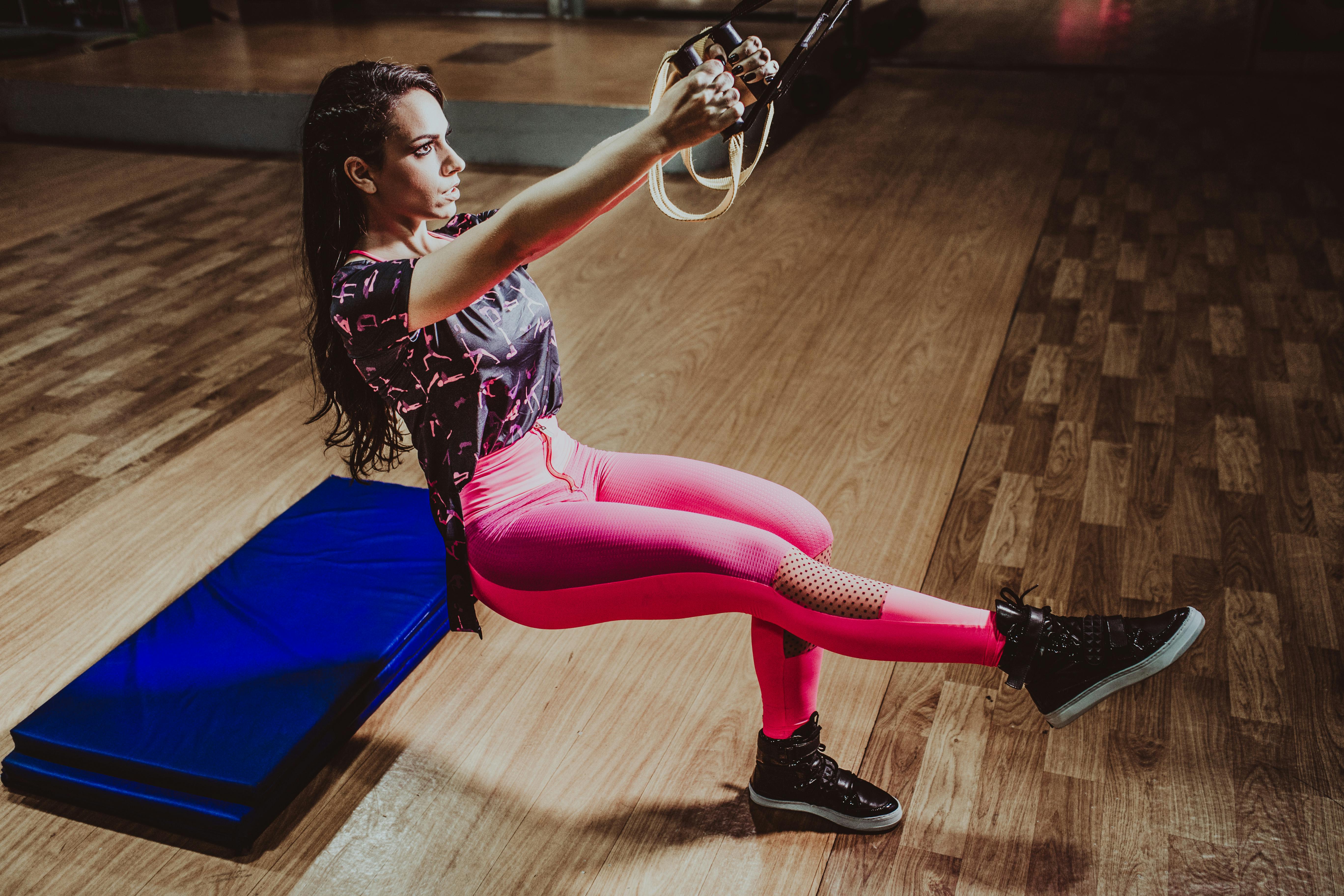A Beginner’s Guide to Popular Types of Yoga
Many prospective yoga students eagerly looked up class times at their local gym only to be baffled by the variety of different types of yoga out there. These types of yoga are actually made up of the same postures or poses, they use them in different ways to achieve specific goals. Here’s a guide to the most popular yoga styles, so you can find the one you’re looking for. These are the most likely to be taught at your gym and have DVD teachings readily available.
We’ll start with two very general terms that describe a variety of other, more specific types:
Hatha: These types of yoga are especially good for beginners who are just learning the basic poses. They tend to be soft, slow-paced, and have very relaxing music.
Vinyasa: These types of yoga are physical movements synchronized with the breath. A Vinyasa class would normally begin with vigorous “Sun Salutations” as a warm-up. These combine physical movement with breathing. The most vigorous stretching movements are done towards the end of the class.
As we discuss the more specific types of yoga, you will see that many are named after the teachers who invented them:
Kundalini: This type of Vinyasa yoga uses rapid, repeated movements rather than long positions. There may even be some chanting or call and response techniques used during class. Kundalini maintains breath control during the performance of the posture as essential. The expected result is energy moving from the lower part of the body to the upper part.
Bikram/Hot – This is usually called “Hot Yoga” and was pioneered by Bikram Choudhury. In its full version it is a series of 26 movements, but not all of them are used in all classes. As its name implies, it is practiced in a warm room, between 95 and 100 degrees Fahrenheit. This allows for sweat wiping and muscle relaxation.
Ashtanga/Power – Ashtanga is intense, fast-flowing yoga and is physically demanding. “Flow” is a term used to describe how long you hold a movement and then move on to the next movement. In true Ashtanga yoga, the same movements are always performed in the same order. “Power yoga” is something that has been derived from Ashtanga. It will have the same flow, but it won’t necessarily have the same strict set of poses. Both are often used for weight loss purposes.
Iyengar: Named for master yogi BKS Iyengar, Iyengar yoga pays special attention to proper body alignment. The flow of Iyengar yoga is slow, emphasizes long poses, and often employs various props such as blankets, straps, and other items to help your body find proper alignment for each pose.
Anusara – This type was founded by John Friend who wanted to create a more joyful, open and beneficial class for yoga students of all levels. It adds the positive philosophy associated with Tantra to the emphasis on physical alignment espoused by Iyengar.
Jivamukti – Inspired by Ashtanga yoga, Jivamukti promotes chanting, meditation, and studies of the spiritual realm. These classes are found primarily in the US and are quite physically demanding.
Sivananda: These yoga centers teach more than just yoga classes. There are now more than 80 such centers around the world, and they were founded by a student of Swami Sivananda. The five basic principles of it are: 1. Proper exercise (Asana) 2. Proper breathing (Pranayama) 3. Proper diet (vegetarian) 4. Positive thoughts and meditation (Dhyana)
Regardless of the type of yoga you choose, always check with your doctor before beginning a yoga regimen or any other type of exercise.

Leave a Reply